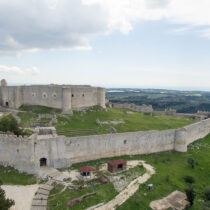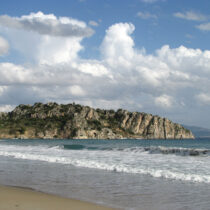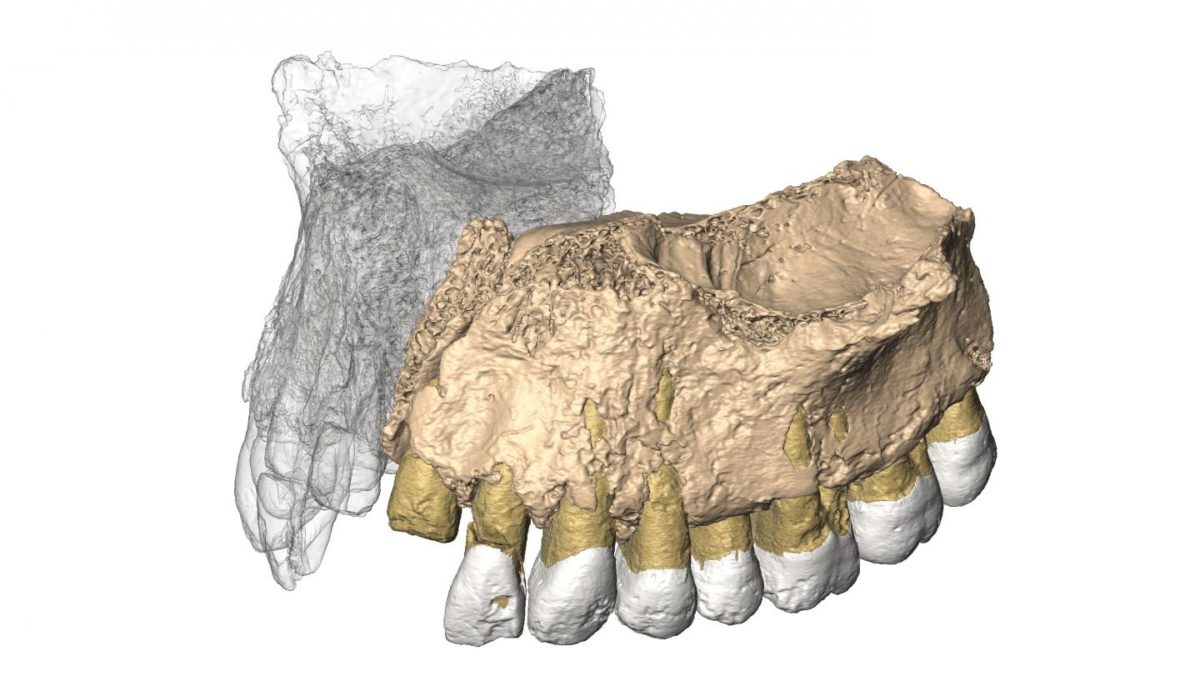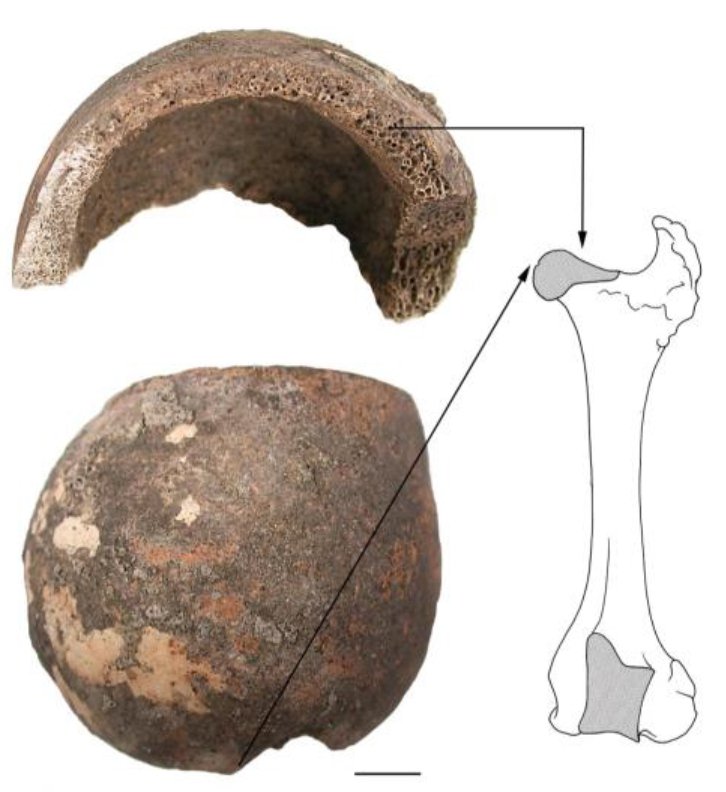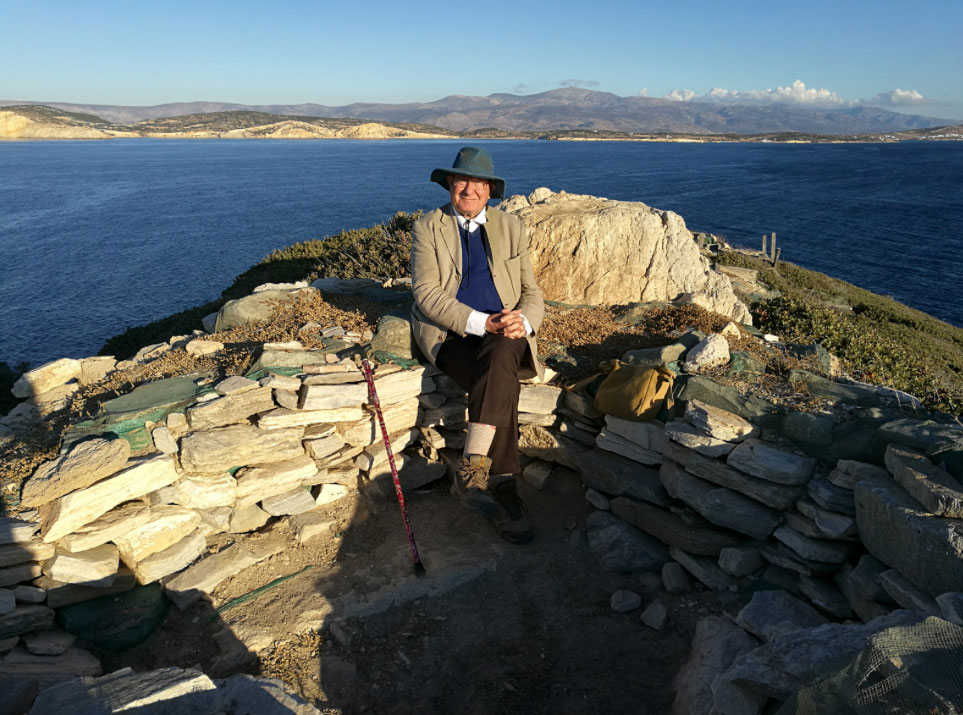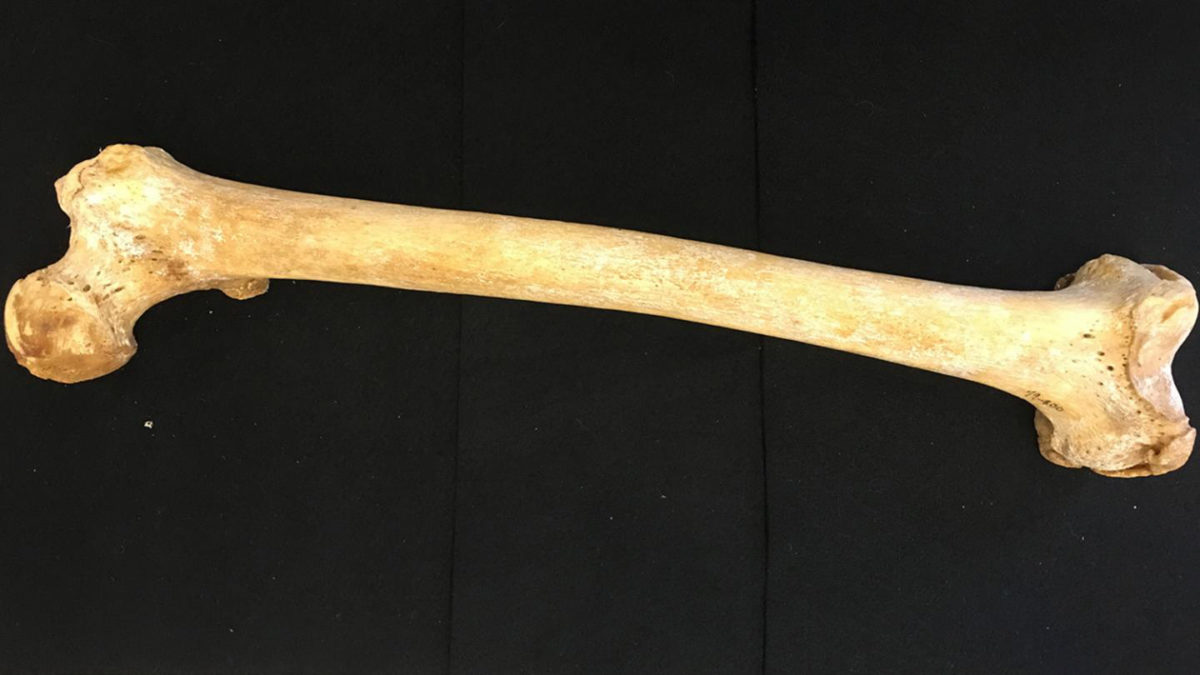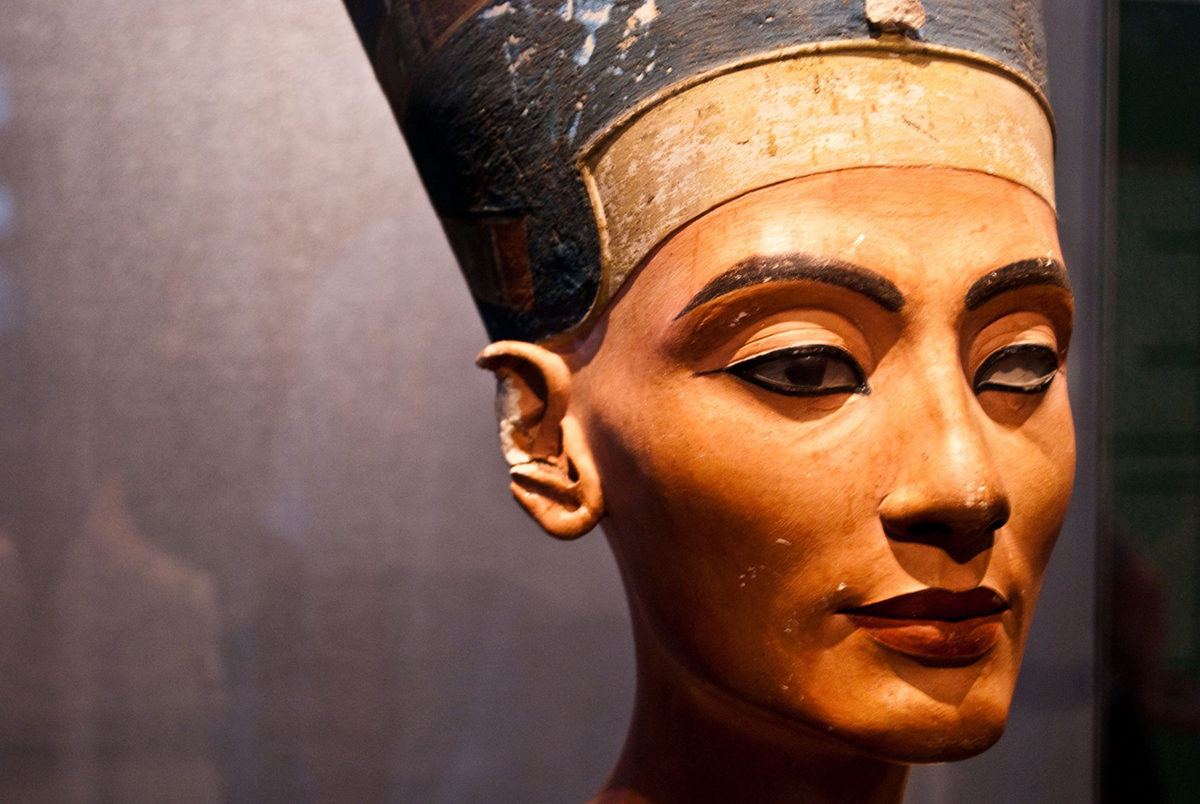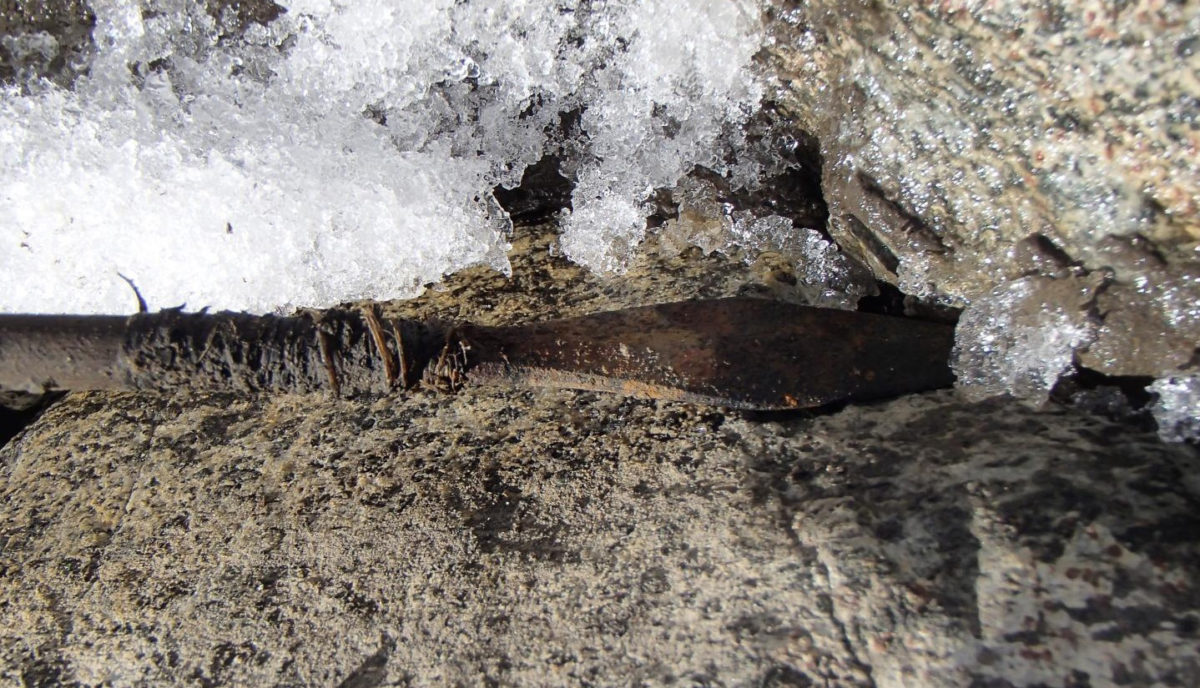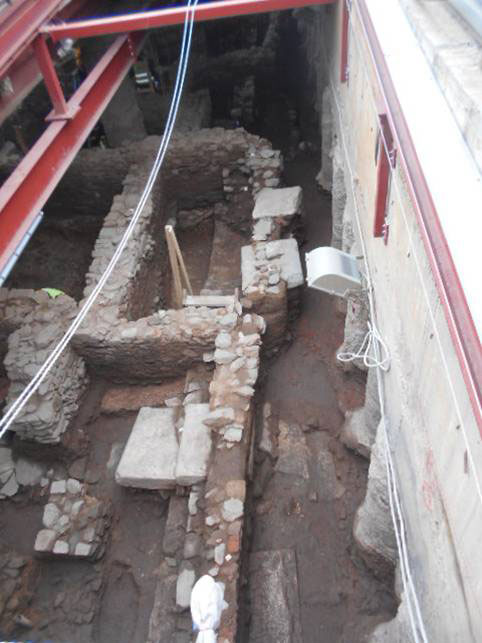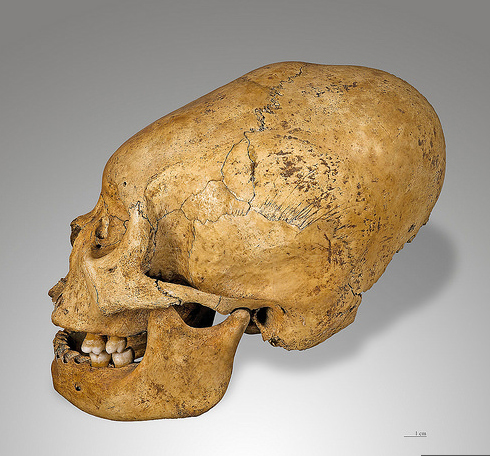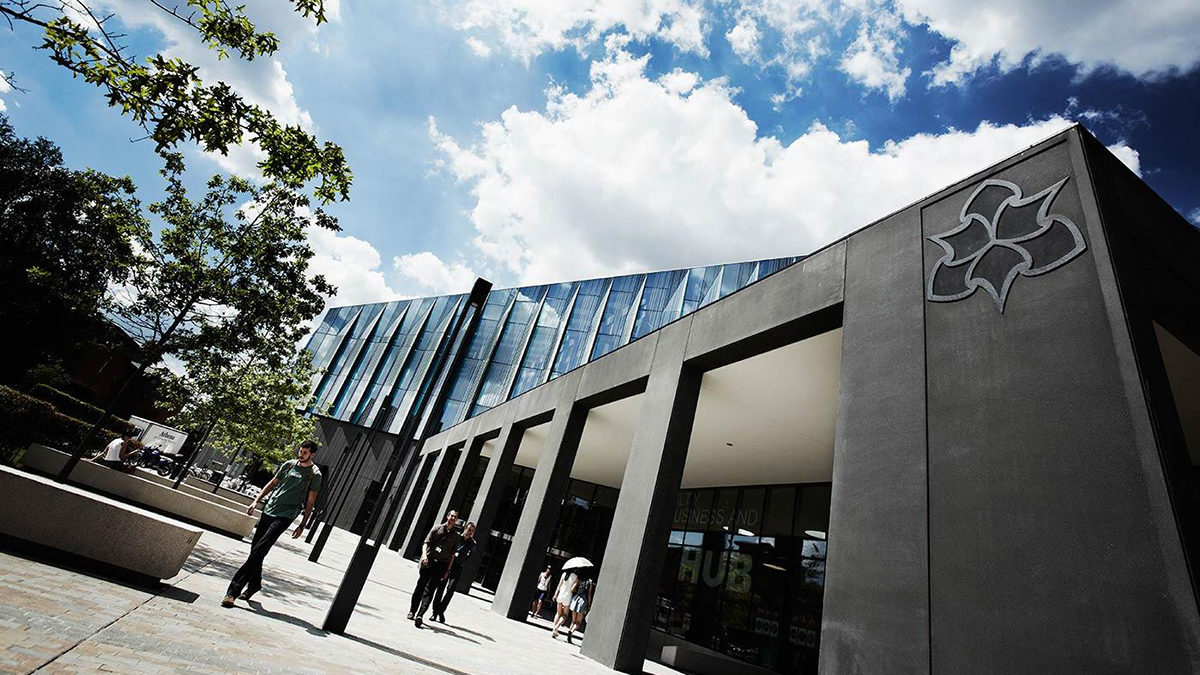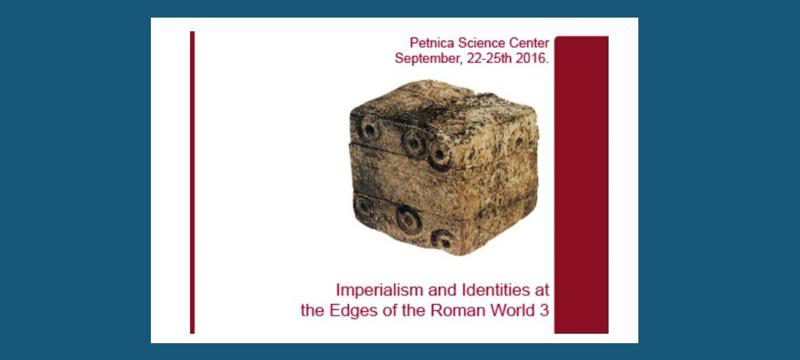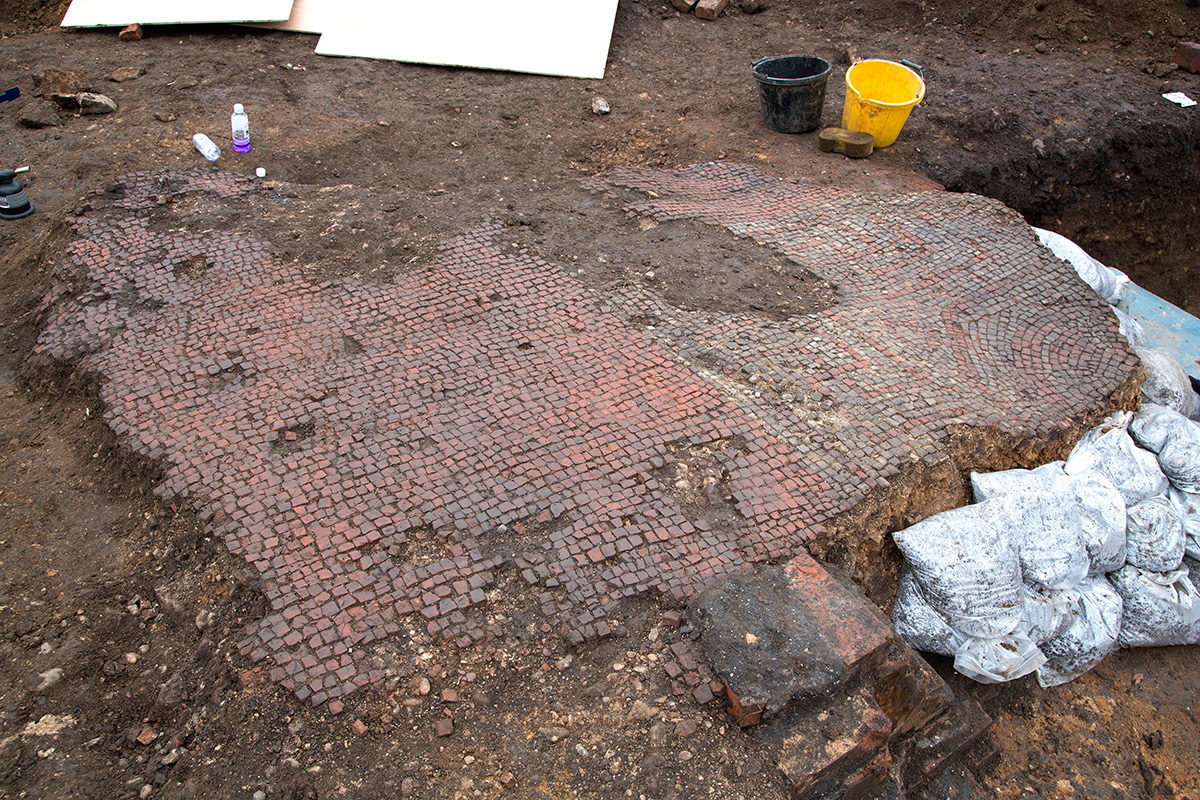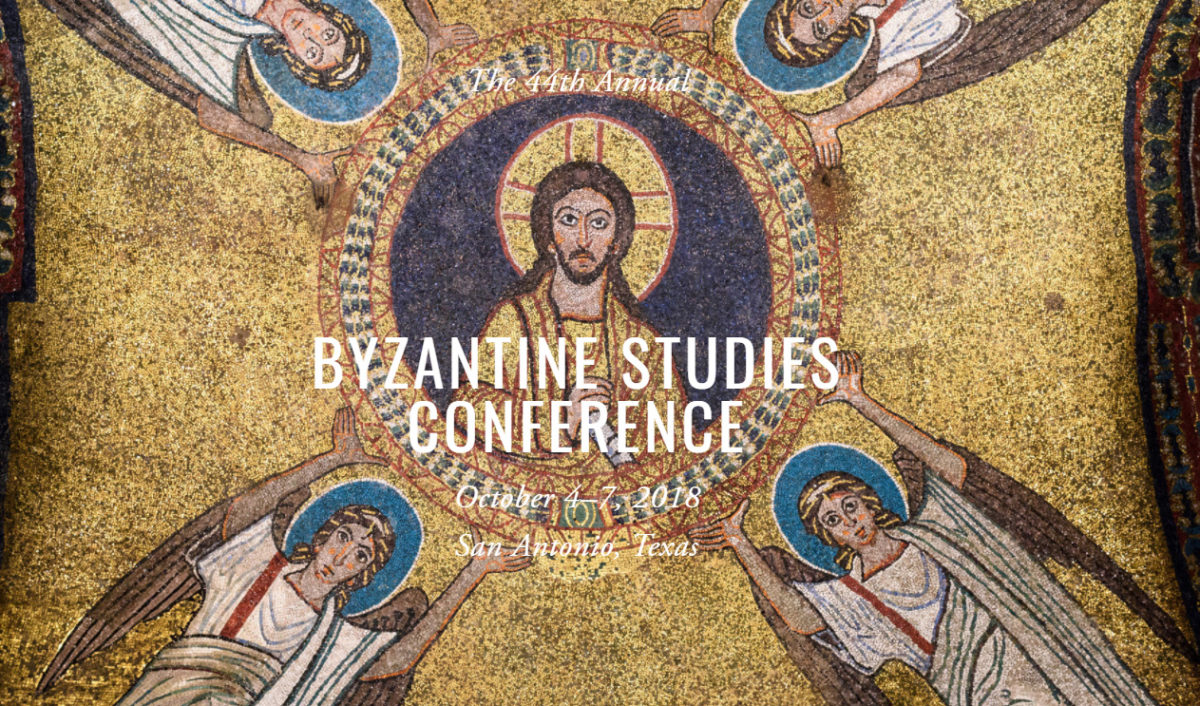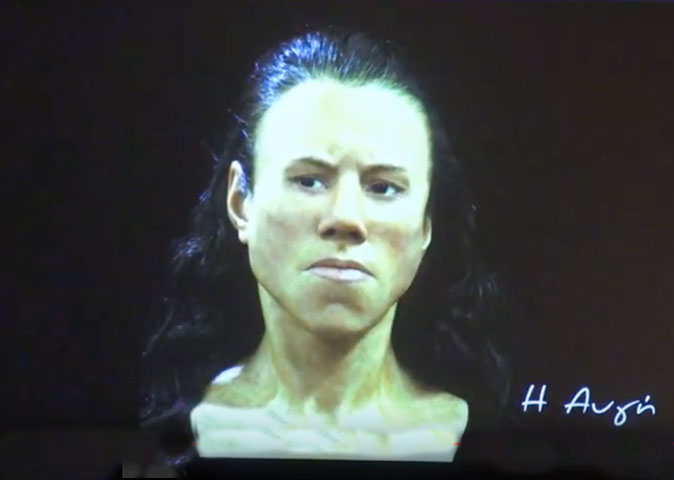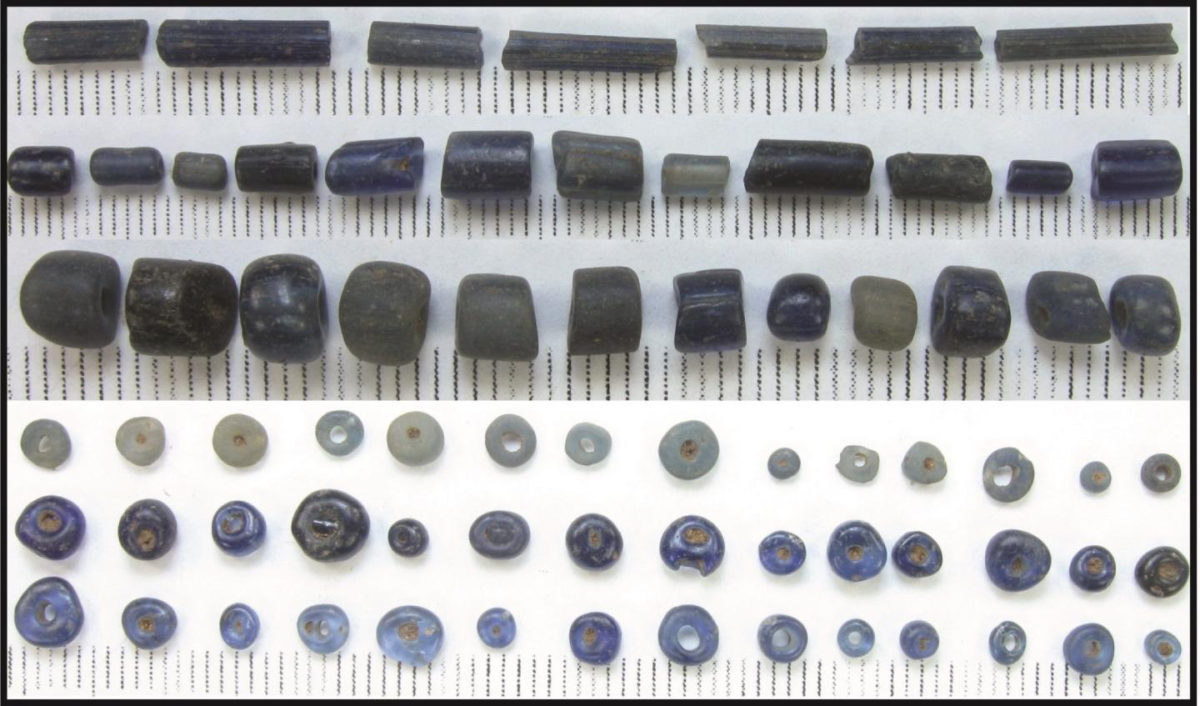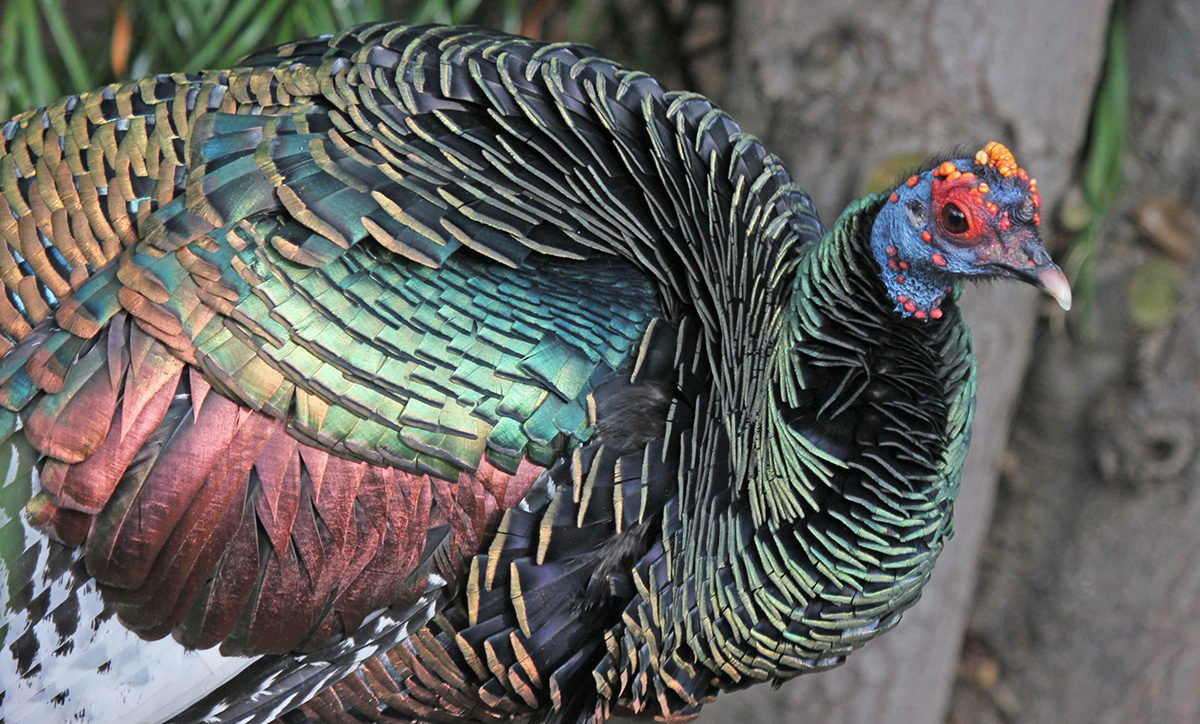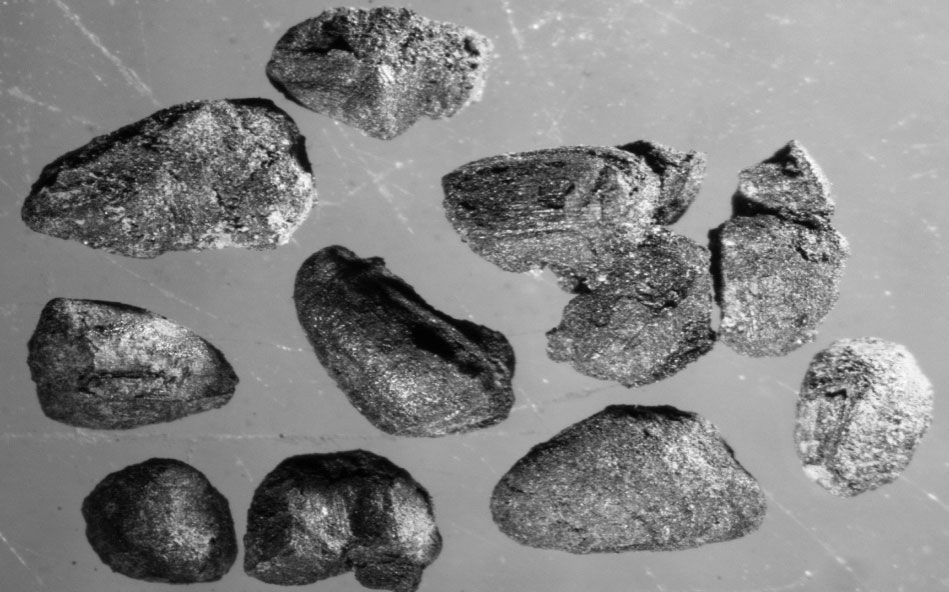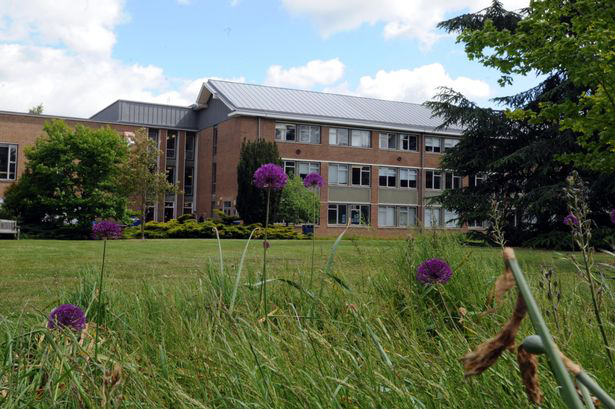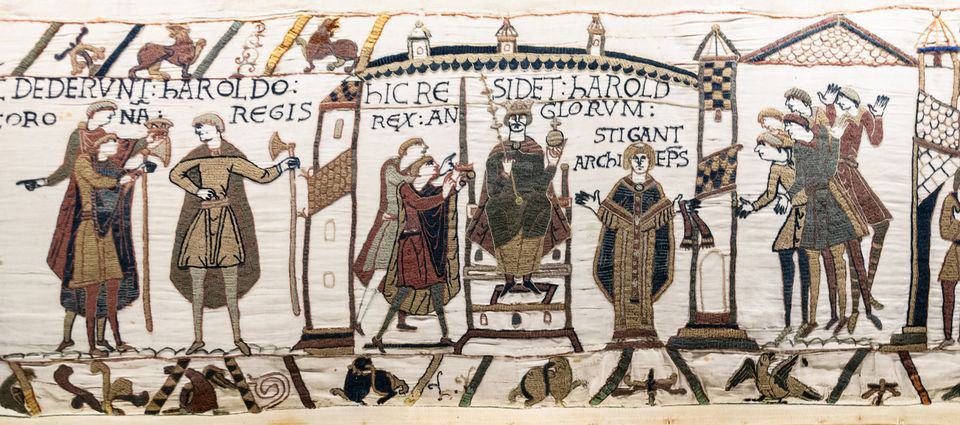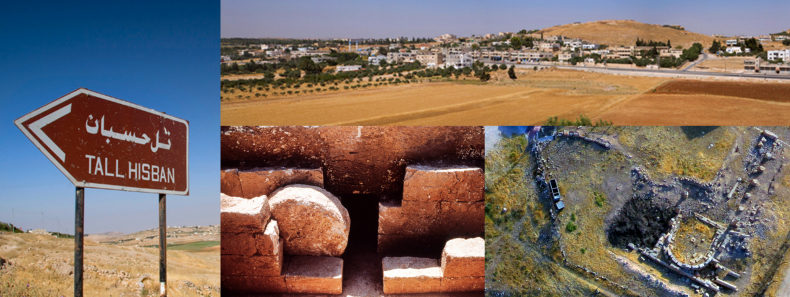Remains of earliest modern human outside of Africa unearthed in Israel
Discovery of jawbone pushes back history of Homo sapiens migration by at least 50,000 years, Tel Aviv University and University of Haifa researchers say.
The northeastern Aegean bone industries as case study of local cultural dynamics
Aegean lecture by Rozalia Christidou, today, at the Swedish Institute in Athens.
Keros: Unexpected archaeological finds in the heart of the Aegean
New excavations have brought to light a multitude of imposing and tightly built structures, much more impressive than what we thought to date, proving that it was one of the most important sites in the Aegean of the Early Bronze Age.
Master of Arts in Classical Archaeology
Sapienza University of Rome, together with Unitelma Sapienza University of Rome, has recently launched a distance learning Master Degree in Classical Archaeology.
Improved accuracy in estimations of deceased age
A more accurate method for assessing an individuals age of death has been announced by forensic researchers at North Carolina State University.
Nefertiti was no pharaoh
Contrary to popular opinion, one of the most famous women in ancient history did not rule Egypt, according to a new book.
Archaeology – Frozen in time
The archaeological record of post humanity is being revealed, and then destroyed by melting glacial patches in Scandinavia, the Alps and North America.
Museum of Ancient Greek Technology in Athens
The new Museum of Ancient Greek Technology 'Kostas Kotsanas' opened to the public on January 8, at 6 Pindarou Street in Kolonaki.
The Association of Greek Archaeologists about the fountain-house in the Thessaloniki metro
On January 23, 2018, the Central Archaeological Council (KAS) discussed the enhancement of the fountain-house which was revealed at the north entrance of the Agia Sofia station, during construction works of the Thessaloniki Metropolitan Railway.
The role of cranial modification in identity formation
Matthew C. Velasco examines how the prevalence and evolution of cranial modification practices during the Late Intermediate Period influenced ethnic identity formation in Peru's Colca Valley.
Lecturer in Ancient History
Manchester Metropolitan University seeks to appoint to a permanent post of Lecturer in Ancient History.
Researchers decipher one of the last two remaining unpublished Qumran scrolls
The researchers spent over a year painstakingly reassembling more than 60 tiny sections written in a secret code.
Imperialism and identities at the edges of the Roman World 4
The goal of the conference is to enable an open discussion on a variety of approaches from different theoretical and methodological positions.
New film reveals challenges behind lifting and conserving a Roman mosaic
Leicester archaeologists explain how a Roman mosaic found in Leicester was successfully lifted and conserved.
The Forty-fourth Annual Byzantine Studies Conference
The Byzantine Studies Conference is the annual forum for the presentation and discussion of papers on every aspect of Byzantine Studies, and is open to all, regardless of nationality or academic status.
The Face of Avgi
The reconstructed face of Avgi, the girl who lived 9,000 years ago in the Theopetra Cave in Thessaly, was presented at the Acropolis Museum.
Researchers find first evidence of sub-Saharan Africa glassmaking
First direct evidence that glass was produced in sub-Saharan Africa centuries before the arrival of Europeans.
Study sheds new light on ancient human-turkey relationship
For the first time, research has uncovered the origins of the earliest domestic turkeys in ancient Mexico.
Both ‘The Hill of Montmartre with Stone Quarry’ and another drawing attributed to Van Gogh
Both drawings will be on display as part of Impressionism & Beyond. A Wonderful Journey, an exhibition at Singer Laren.
Beer in Prehistoric Greece
The first results of the PLANTCULT (ERC) research programme were recently published in a paper by Soultana-Maria Valamoti.
University of Reading Research Seminars
The Department of Classics at the University of Reading has organized the Spring term research seminar series.
Bayeux Tapestry returns to the UK after more than 900 years
The Bayeux Tapestry will return to the UK for the first time since it was created here more than 900 years ago.
Hisban North Church Project (Jordan)
The Hisban North Church Project is pleased to invite applications for summer archaeological fieldwork in Jordan.
